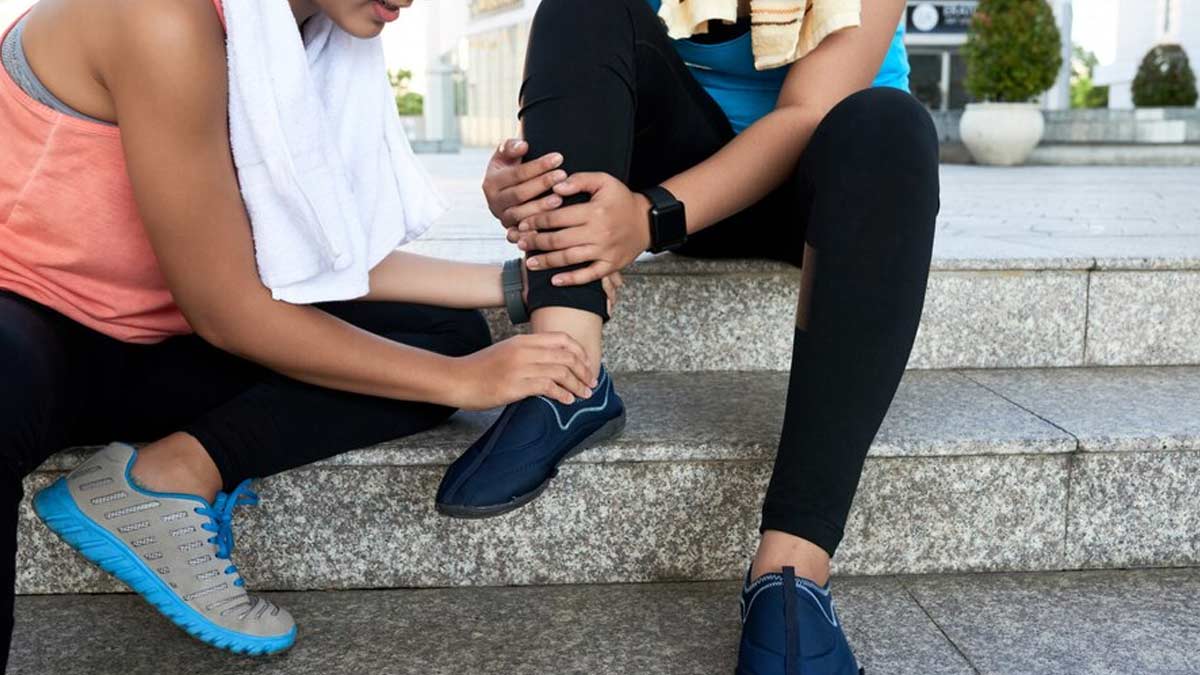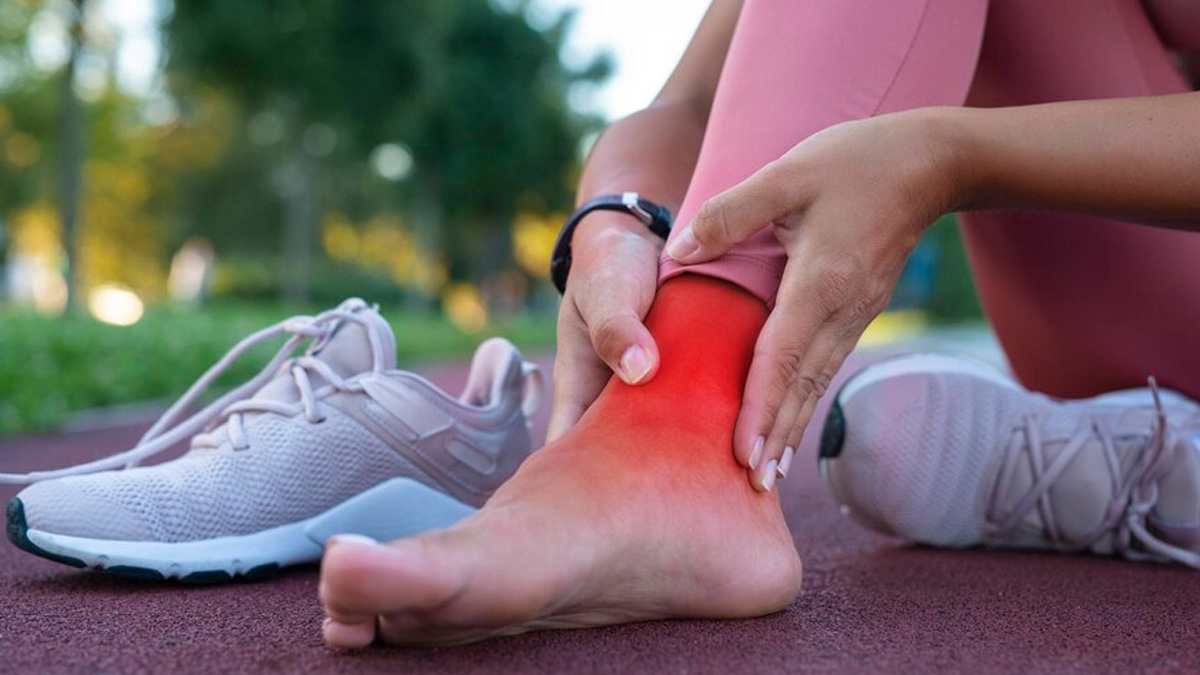
Do you find it difficult to distinguish between sprains, strains, fractures, and ligament tears? These injuries are common in people, especially among athletes and active individuals. Understanding the differences between these injuries is crucial for effective treatment and recovery. Here’s a guide to distinguish these injuries and recovery tips for each. We spoke to our expert Dr Pavan Chebbi, Orthopaedics, Joint Replacement Surgeon, Apollo Spectra Hospital, Bangalore, who shared insights on the same.
Sprains and Strains

A sprain occurs when ligaments, the tough bands of fibrous tissue connecting bones to one another, are stretched or torn. Common areas for sprains include the ankles, wrists, thumb and knees.
"On the other hand, a strain involves stretching or tearing of muscles or tendons, the fibrous cords that attach muscles to bones. Strains commonly affect the back, hamstring, and shoulder muscles. The symptoms of a strain or sprain may include pain, swelling, muscle spasms, bruising, and limited ability to move the affected joint", added Dr Chebbi.
Recovery Tips
Here are some recovery tips shared by Dr Chebbi:
- It is essential to rest the affected muscle and avoid activities that exacerbate the pain. Allow the injured ligament time to recover.
- It is advised to apply ice packs to the injured area for 15-20 minutes every 2-3 hours for the first 48 hours following an injury.
- Once the initial pain and swelling are reduced, physical therapy can help restore strength and flexibility.
“Most soft tissue injuries recover within a few weeks, depending on the degree of the sprain or strain. It is advisable to consult a doctor immediately if the pain and swelling does not start to ease within 24-72 hours or if there is a popping sensation while moving a joint”, added Dr Chebbi.
Also Read: Have You Sprained Your Foot? Here's How You Can Heal It Naturally
Fractures

A fracture occurs when a bone is cracked or broken, as opposed to a strain or sprain. It can also cause injury to the ligaments and joints. The signs of a broken bone are abrupt and intense pain, swelling, bruising, and the inability to put weight on or move the injured area.
Recovery Tips
- Fractures typically require immobilisation using a cast, splint, or brace to ensure proper healing.
- Use prescribed medications to manage discomfort.
- Once the bone starts healing, physical therapy is crucial for restoring strength, flexibility, and function.
- Follow the doctor's advice on gradually returning to normal activities to prevent re-injury.
According to StatPearls, failed or delayed healing can impact up to 10% of all fractures and may be caused by factors, such as comminution, infection, tumours, or disrupted blood supply.
Also Read: How To Prevent Hip Injury In Older Adults: Why It Could Be Concerning
Ligament Tears

“Ligament tears, often referred to as ligament ruptures, occur when the ligament fibres are completely torn. Common areas include the anterior cruciate ligament in the knee and the ligaments in the ankle”, said Dr Chebbi. Individuals might experience severe pain, swelling, instability of the joint, and inability to bear weight on the affected limb.
Recovery Tips
- Avoid putting weight on the injured joint and use crutches if necessary.
- Apply ice and use a compression wrap to reduce swelling and pain.
- Severe ligament tears often require a medical evaluation and sometimes surgical intervention.
- Post-surgery or severe tear rehabilitation is essential to regain full joint function. This includes a combination of physical therapy, strengthening exercises, and proprioception training.
- Use a brace or support during the recovery phase to protect the joint from further injury.
The ultimate recovery tip is to rest and recover. Seek immediate medical care for a proper diagnosis and personalised treatment plan. Surgery may be required to repair the damage for severe ligament tears or fractures. Surgical techniques are intended to straighten bones, heal damaged tissues, and restore stability and function to the affected region.
[Disclaimer: This article contains information provided by an expert and is for informational purposes only. Hence, we advise you to consult your expert if you are dealing with any injury to get the necessary treatment.]
Also watch this video
How we keep this article up to date:
We work with experts and keep a close eye on the latest in health and wellness. Whenever there is a new research or helpful information, we update our articles with accurate and useful advice.
Current Version